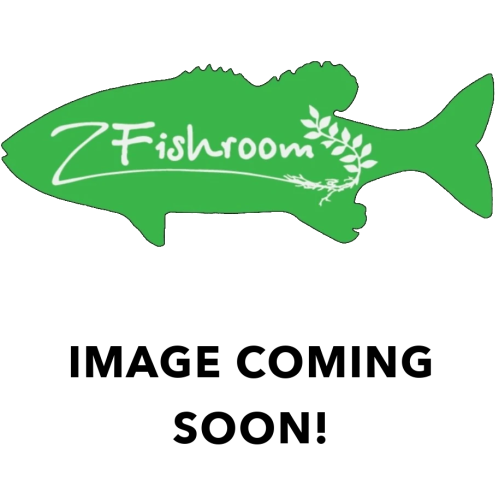Banana Plant
-
$5.99
The Aquatic Banana Plant, or Nymphoides aquatica, is a fascinating aquatic species native to the southeastern United States, stretching from Texas to Maryland. It is often called the banana plant due to its distinctive banana-shaped roots, which store nutrients and contribute to its unique appearance.
This plant is typically found in calm, slow-moving rivers and lakes across Florida and other Southern states like Alabama, Georgia, South Carolina, and Virginia.
The Banana ...
- Product Code: banana-plant
- Availability: 2
The Aquatic Banana Plant, or Nymphoides aquatica, is a fascinating aquatic species native to the southeastern United States, stretching from Texas to Maryland. It is often called the banana plant due to its distinctive banana-shaped roots, which store nutrients and contribute to its unique appearance.
This plant is typically found in calm, slow-moving rivers and lakes across Florida and other Southern states like Alabama, Georgia, South Carolina, and Virginia.
The Banana Plant features a cluster of thick, banana-shaped roots near the water's surface. Its rounded leaves resemble small water lily leaves and can develop in just a week or two. Depending on the light conditions, the leaves may appear green above with a dull purple underside in bright light, or light green to yellow in lower light. It also produces small white flowers with five petals that emerge from below the leaf. Notably, the plant is dioecious, meaning it has separate male and female plants.
In cultivation, the Banana Plant can be grown either rooted in the substrate or as a floating plant. It thrives in bright light and a tropical temperature range. Propagation can be achieved through the natural runners or by dividing the rootstock. For optimal growth, a third of the larger banana-shaped roots should be buried in the gravel. The plant should be replaced every 4 to 5 years. In winter or shaded conditions, it tends to form submersed leaves rather than floating ones.
In aquariums, the Banana Plant is valued for its striking appearance and can be used as a filler or specimen plant. It typically grows to a height of 4 to 6 inches and may produce floating lily-like leaves at the surface. It prefers moderate lighting but can tolerate lower levels. Propagation in an aquarium often involves trimming mature leaves, allowing them to float and sprout roots. This plant does not require CO2 and has a medium growth rate. It flourishes in a pH range of 6 to 7.5.
Image 1 By Show_ryu - Own work, Public Domain, https://commons.wikimedia.org/w/index.php?curid=6809667
Image 2 By Joseph G. Bergstrom - Own work, CC BY-SA 3.0, https://commons.wikimedia.org/w/index.php?curid=17076449
Image 3 By Joseph G. Bergstrom - Own work, CC BY-SA 3.0, https://commons.wikimedia.org/w/index.php?curid=16934356

